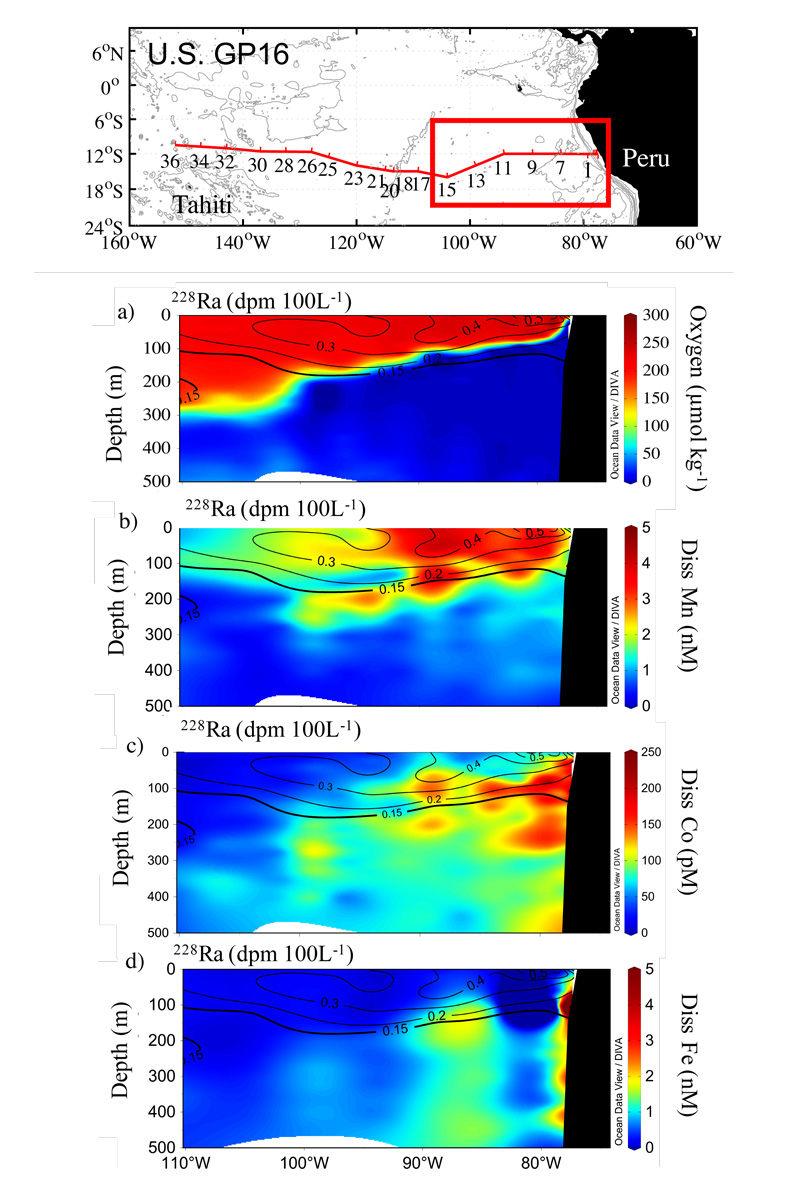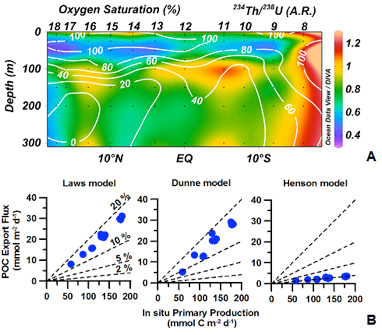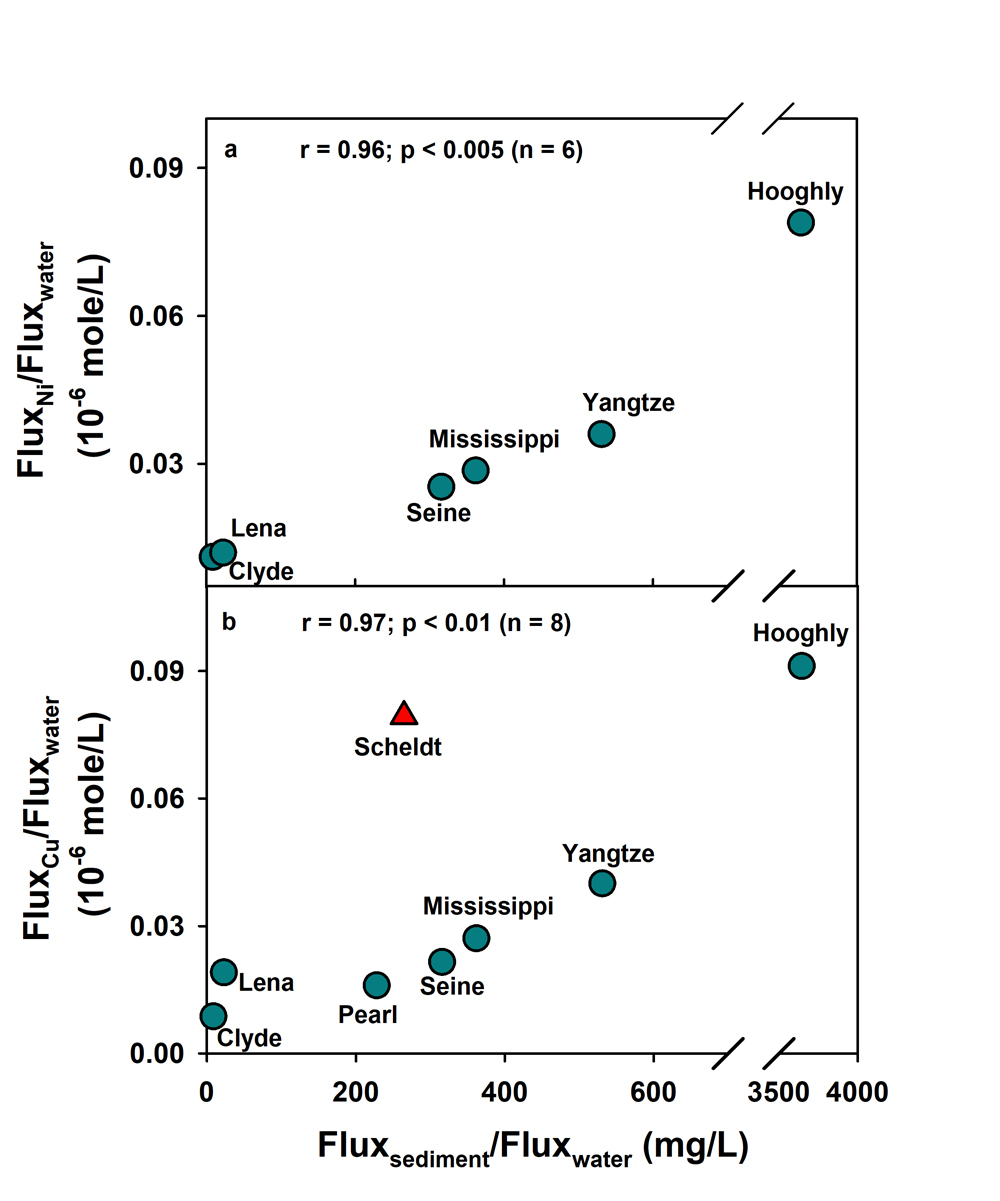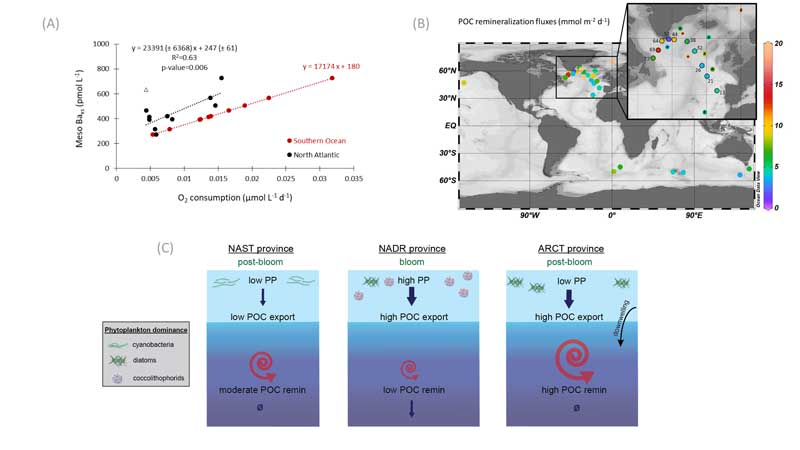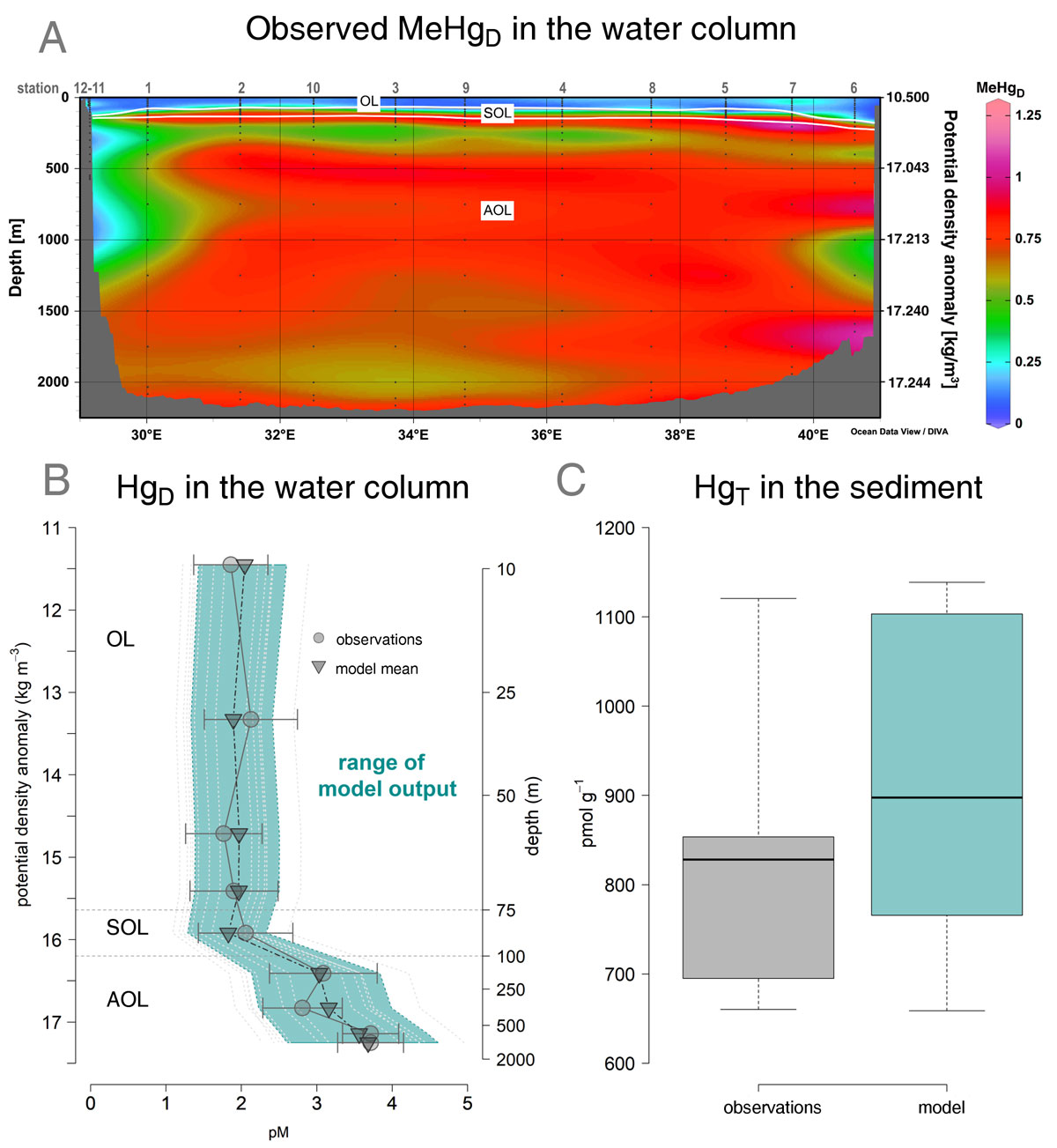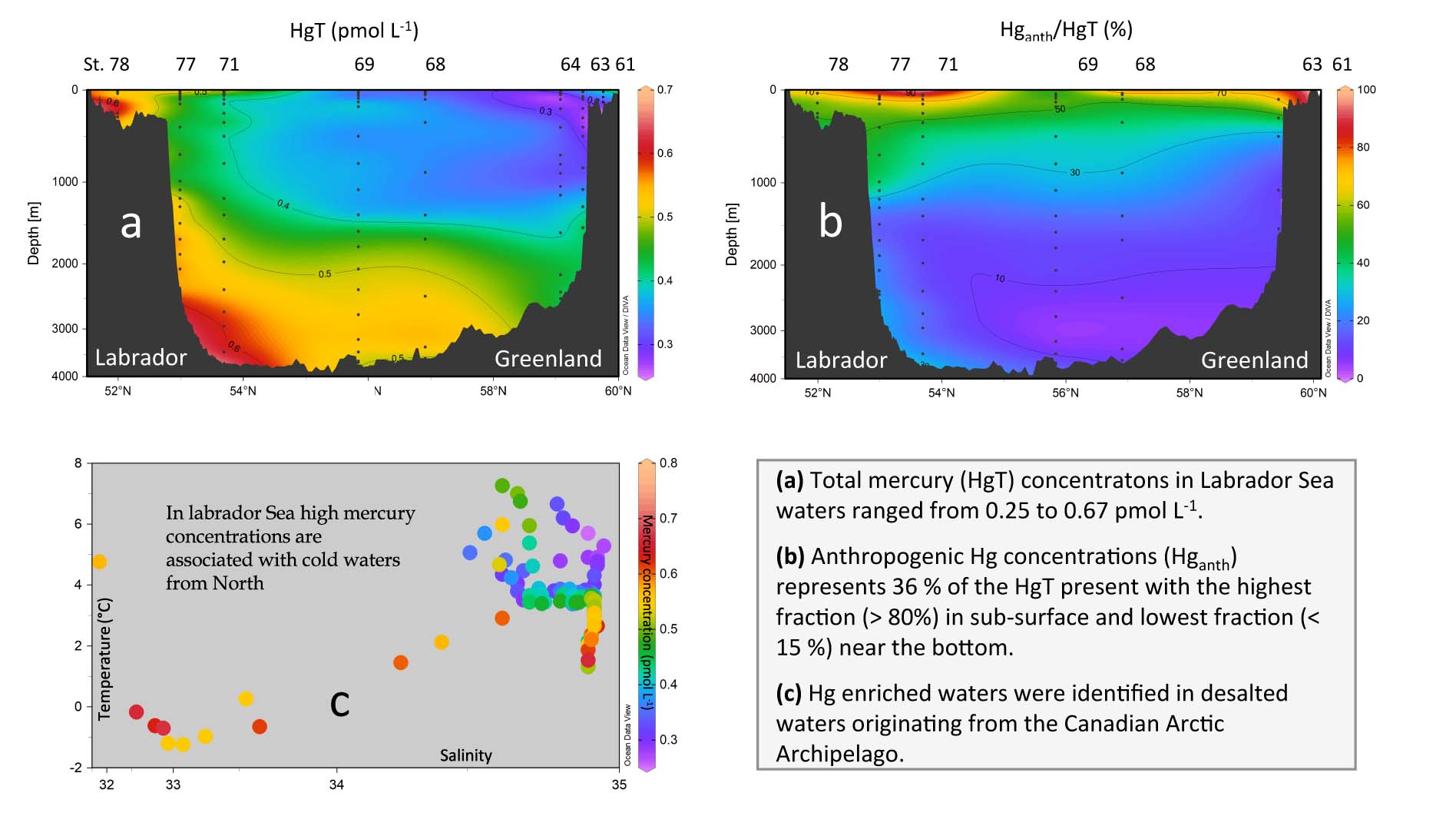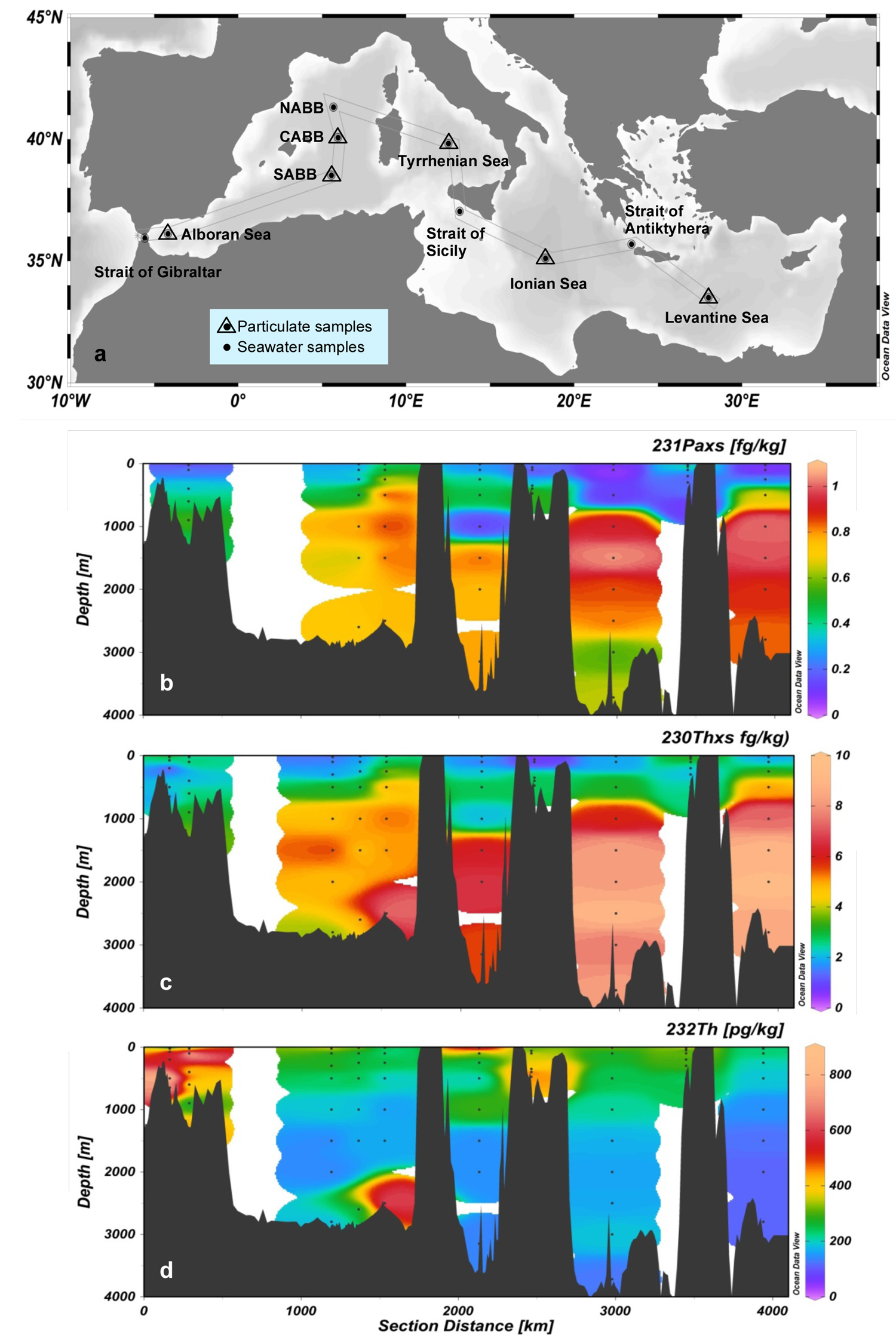Labile particulate iron isotopic signatures trace hydrothermal and margin inputs down to the benthic layers in the Eastern Pacific Ocean
For the first time, labile and total particulate iron (pFe) isotopic signatures were measured along a full depth oceanographic section (more than 200 0.8-51 µm-sized particles) in the Eastern Pacific […]


